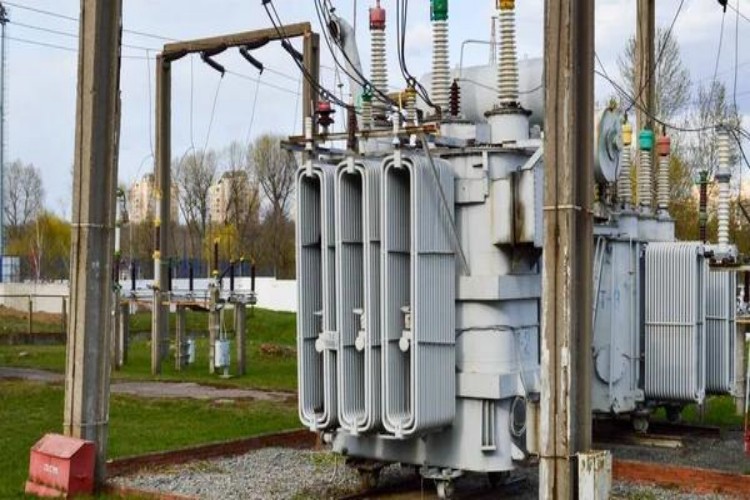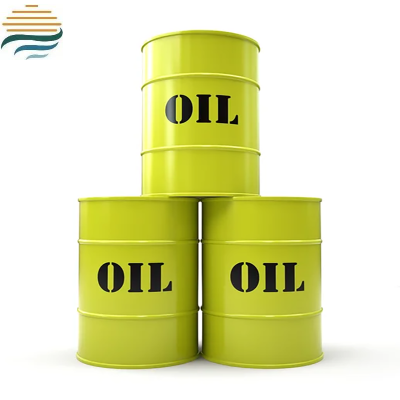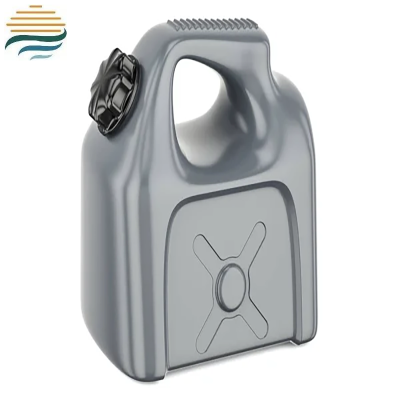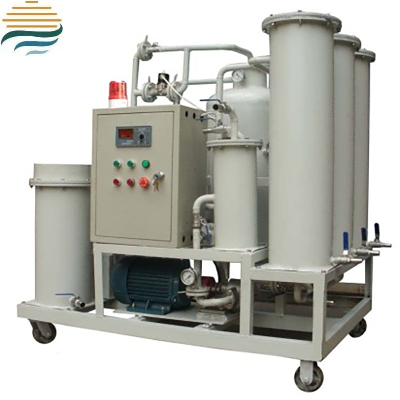Why do you soak a transformer?
Transformers are fundamental components in electrical power systems, responsible for stepping up or stepping down voltage levels for efficient power transmission and distribution. Soaking a transformer, typically in a special fluid like transformer oil, serves multiple crucial purposes that are essential for its proper functioning and long - term reliability.
Enhancement of Insulation Performance
Dielectric Strength Augmentation
One of the primary reasons for soaking a transformer is to enhance its insulation capabilities. Transformer oil, which is a common soaking medium, has a high dielectric strength. When the transformer's windings and core are immersed in this oil, it provides an additional layer of insulation between the conductive parts. For example, in high - voltage transformers, the potential difference between the primary and secondary windings can be extremely high. Without proper insulation, electrical arcing could occur, leading to short - circuits and significant damage to the transformer. The transformer oil, with its dielectric strength often in the range of 60 - 70 kV/mm for mineral oil, effectively prevents the flow of electrical current through unwanted paths. It fills the gaps and voids between the windings, creating a continuous and effective insulating barrier.
Moisture and Contaminant Exclusion
Soaking also helps in excluding moisture and contaminants from the transformer's internal components. Moisture can be highly detrimental to a transformer's performance as it reduces the dielectric strength of the insulation materials. By being submerged in oil, the windings and other parts are shielded from the external environment, minimizing the risk of moisture ingress. Additionally, the oil can act as a barrier against dust, dirt, and other particulate contaminants. These contaminants, if allowed to accumulate on the windings, could cause electrical breakdown or corrosion over time. The oil's ability to keep the internal components clean and dry significantly contributes to maintaining the transformer's insulation integrity.
Improvement of Heat Dissipation
Efficient Heat Transfer Medium
Transformers generate heat during operation due to resistive losses in the windings (I²R losses) and core losses (hysteresis and eddy current losses). Soaking the transformer in oil provides an efficient way to dissipate this heat. Transformer oil has good thermal conductivity, allowing it to absorb heat from the hotspots within the transformer, such as the windings and the core. As the oil warms up, it naturally circulates through the transformer. This circulation can be enhanced by the design of the transformer, which may include channels or baffles to direct the flow of the oil. The heated oil then moves to the cooler parts of the transformer, often passing through radiators or cooling fins. Here, the heat is transferred to the surrounding air, and the cooled oil returns to the transformer to repeat the cycle. This continuous heat - transfer process helps to keep the transformer's temperature within an acceptable range, preventing overheating and subsequent damage to the insulation and other components.
Thermal Expansion and Cooling
Another aspect related to heat dissipation is the thermal expansion of the oil. When the transformer heats up, the oil expands. This expansion is a natural process that helps in the circulation of the oil. As the oil expands, it creates a pressure difference within the transformer, which further drives the flow of the oil. When the transformer cools down, the oil contracts, and the cycle continues. This self - regulating mechanism based on thermal expansion and contraction of the oil contributes to the overall efficiency of the heat - dissipation process in the transformer.
Prevention of Internal Oxidation
Oxygen Barrier
Soaking the transformer in oil also serves as a protection against internal oxidation. Oxygen in the air can react with the metal components of the transformer, such as the windings and the core, leading to oxidation and corrosion. The oil acts as a physical barrier, preventing oxygen from reaching these components. Without this barrier, the oxidation process could gradually weaken the structural integrity of the transformer and also affect its electrical performance. For example, oxidized windings may have increased resistance, leading to higher energy losses and reduced efficiency. By excluding oxygen, the oil helps to maintain the long - term reliability and performance of the transformer.
Antioxidant Properties of Some Oils
In addition to acting as a physical barrier, some types of transformer oils, especially those with additives, have antioxidant properties. These antioxidants can react with any oxygen molecules that may have entered the system, neutralizing them and preventing them from causing oxidation. This added protection further enhances the ability of the oil - soaking process to safeguard the transformer against internal oxidation.
In conclusion, soaking a transformer in a suitable fluid like transformer oil is a multifaceted practice that offers significant advantages in terms of insulation, heat dissipation, and protection against oxidation. These benefits are crucial for ensuring the reliable and efficient operation of transformers, which are the backbone of the electrical power infrastructure.





